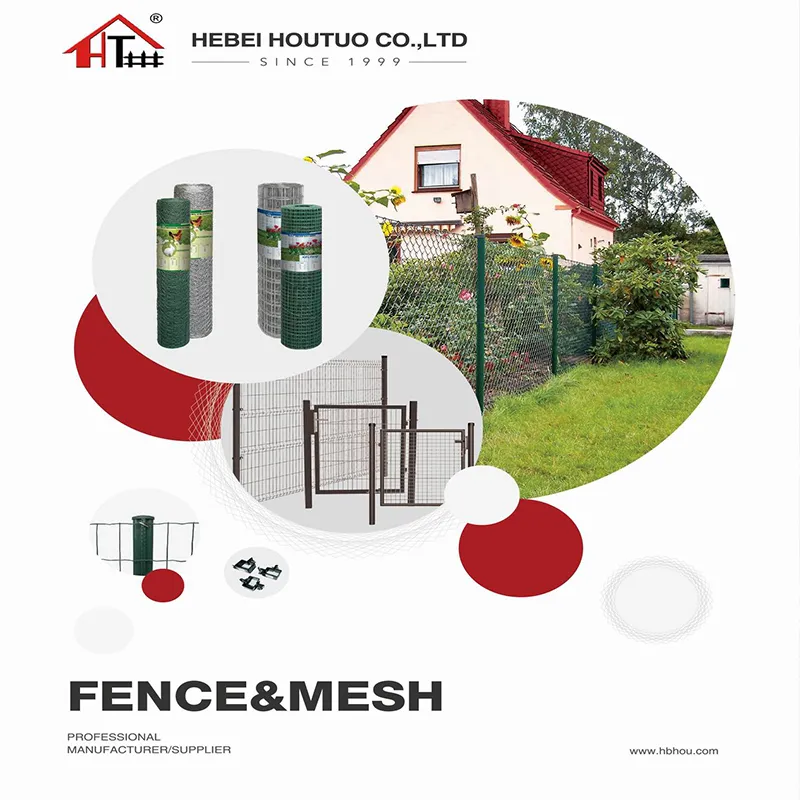Setting Fence Posts in Winter A Practical Guide
When it comes to setting fence posts, many homeowners and DIY enthusiasts often associate this task with the warmer months. However, winter can also be an excellent time to install fence posts, provided you understand the unique challenges and necessary precautions that come with colder weather. In this article, we’ll explore how to successfully set fence posts during the winter season, ensuring that your fencing project stands strong against the elements.
Choosing the Right Materials
Before you begin your project, it's crucial to select materials that are suitable for winter conditions. Pressure-treated wood is often recommended for fence posts due to its durability and resistance to rot and pests. Additionally, using specially formulated concrete that can set in cold temperatures will help ensure that your posts remain secure, even in challenging weather conditions.
Preparing the Ground
The first step in setting fence posts is preparing the ground. In winter, the ground can be frozen solid, making digging challenging. To make this task easier, consider using a post hole digger or a power auger that can handle frozen soil. If the ground is too hard, you might need to thaw the soil. This can be done by covering the area with black plastic to trap heat from the sun, or by using hot water to soften the ground for easier digging.
Make sure to dig holes that are deep enough to provide stability. A good rule of thumb is to dig at least one-third the length of the post underground. This depth is particularly important in areas with freeze-thaw cycles, as it helps prevent the posts from heaving due to ground movement.
Setting the Posts
Once the holes are ready, it's time to set your fence posts. Place the post in the hole and make sure it’s level before adding concrete. If you’re using quick-setting concrete, pour it into the hole around the post according to the product instructions. One key advantage of using cold-weather concrete is that it often has additives that prevent it from freezing too quickly, allowing for proper curing even in low temperatures.
setting fence posts in winter

If you need to mix your own concrete, be mindful of temperature; using warm water in the mixture can help activate the setting process more effectively. Also, ensure you create a slight slope on top of the concrete away from the post to facilitate water runoff.
Stabilizing the Posts
During winter, the risk of frost and movement in the ground can challenge the stability of your fence posts. To counteract this, it’s advisable to brace the posts in place until the concrete fully sets. You can use temporary braces made from scrap wood to hold the posts vertically. Ensure that the braces are secure and positioned in a way that prevents any shifting or tipping during the curing process.
Finishing Touches
After your posts are set and the concrete is cured, it’s time to add the finishing touches. Depending on your project, you may want to install horizontal rails or panels. If you’re planning to paint or stain your fence, ensure that the weather permits doing so. Many paints and stains require specific temperature ranges to ensure adhesion and drying times are optimal, so be sure to check the product labels.
Considerations for Winter Projects
When working outside in the winter, it’s essential to dress appropriately. Layer your clothing, protect your extremities with gloves and hats, and consider wearing waterproof boots. Cold weather can affect your dexterity and focus, so ensure you take breaks to warm up when needed.
Conclusion
Setting fence posts in winter can be a successful endeavor with the right preparations and precautions. By understanding the challenges associated with colder temperatures and taking proactive steps in material selection, ground preparation, and post stabilization, you can enjoy a durable and stable fence that will stand strong through any season. Whether you’re enclosing a pasture, creating a garden boundary, or enhancing your property’s aesthetics, winter need not be a barrier to your fencing project. Embrace the season, and build a fence that you’ll be proud of for years to come.
















